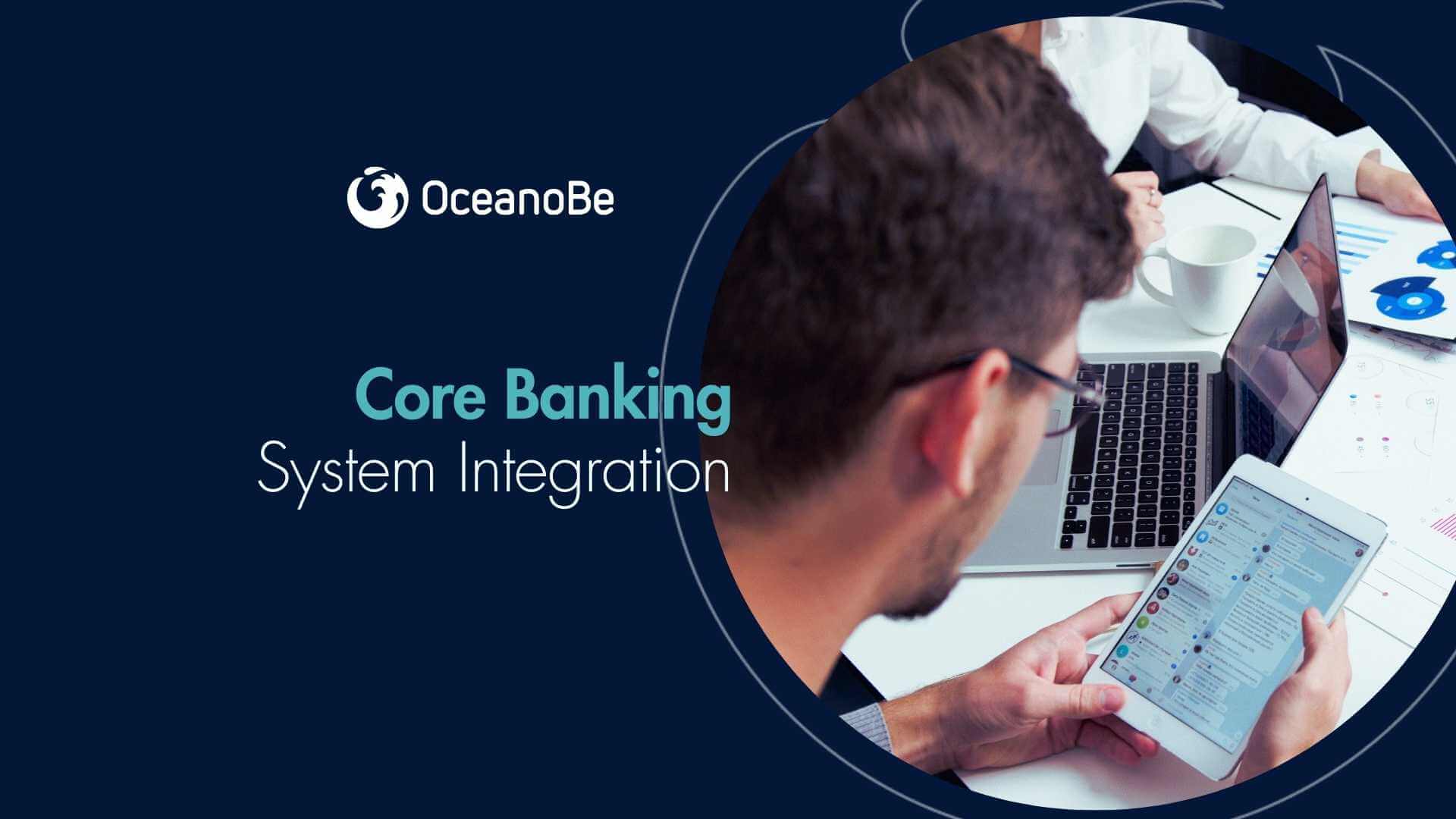Core Banking System Integration
Do's and Don'ts
Do's and Don'ts

In the rapidly evolving financial landscape, banks and fintech institutions are under constant pressure to modernize their core banking systems. Integration plays a pivotal role in this transformation, enabling institutions to offer seamless services, enhance customer experiences, and stay competitive. However, without a strategic approach, integration efforts can lead to tight coupling and vendor lock-in, hindering flexibility and innovation.
Tight Coupling occurs when systems are heavily interdependent, making it challenging to modify or replace individual components without affecting the entire ecosystem. This rigidity can slow down innovation and increase maintenance complexities. Vendor Lock-In refers to a situation where a bank becomes overly reliant on a single vendor's proprietary solutions, making it difficult and costly to switch providers or adopt new technologies.
Both scenarios can impede a bank's ability to adapt to market changes, integrate new services, or scale operations efficiently.
1. Embrace Open APIs and Standards
Utilizing open APIs facilitates interoperability between different systems and vendors. This approach promotes flexibility, allowing banks to integrate new services without overhauling existing infrastructure. Open standards ensure that integrations are not confined to proprietary protocols, reducing dependency on a single vendor.
2. Adopt a Modular Architecture
Designing systems using a modular approach allows individual components to function independently. This decoupling ensures that updates or changes in one module don't adversely affect others, enhancing scalability and maintainability.
3. Prioritize Vendor-Agnostic Solutions
Opt for solutions that are compatible with multiple vendors. This strategy minimizes the risk of being tied to a single provider and provides the freedom to switch vendors or incorporate new technologies as needed.
4. Implement Robust Governance and Documentation
Establish clear governance structures and maintain comprehensive documentation for all integrations. This practice ensures transparency, facilitates troubleshooting, and aids in onboarding new team members or transitioning between vendors.
5. Conduct Regular Audits and Assessments
Periodically review integration points and vendor relationships to identify potential risks or areas for improvement. Regular assessments help in proactively addressing issues before they escalate.
1. Avoid Proprietary-Only Solutions
While proprietary solutions might offer quick fixes, they often come with limitations in flexibility and interoperability. Relying solely on such solutions can lead to challenges in integrating with other systems or adopting new technologies.
2. Don't Neglect Future Scalability
Integration efforts should not only address current needs but also anticipate future growth. Failing to consider scalability can result in systems that are ill-equipped to handle increased loads or new functionalities.
3. Steer Clear of One-Size-Fits-All Approaches
Each bank has unique requirements. Adopting generic integration solutions without customization can lead to inefficiencies and unmet business needs.
4. Don't Underestimate the Importance of Testing
Thorough testing is crucial to ensure that integrations function as intended. Skipping or rushing through testing phases can result in system failures, data inconsistencies, and security vulnerabilities.
5. Avoid Overcomplicating Integration Layers
While it's essential to have robust integration layers, overcomplicating them can lead to increased maintenance burdens and potential points of failure. Strive for simplicity and clarity in design.
At OceanoBe, we specialize in delivering tailored integration solutions for the banking sector. Our approach emphasizes:
Flexibility: Designing systems that adapt to evolving business needs.
Scalability: Ensuring solutions can grow with your organization.
Security: Implementing robust measures to protect sensitive data.
Compliance: Aligning with industry standards and regulations.
Our team of experts collaborates closely with clients to understand their unique challenges and craft integration strategies that drive efficiency and innovation.
Effective core banking system integration is a delicate balance between leveraging current technologies and preparing for future advancements. By adhering to best practices and avoiding common pitfalls, banks can achieve seamless integrations that enhance operations and customer satisfaction. Partnering with experienced professionals like OceanoBe can further ensure that integration efforts align with strategic objectives and industry standards.